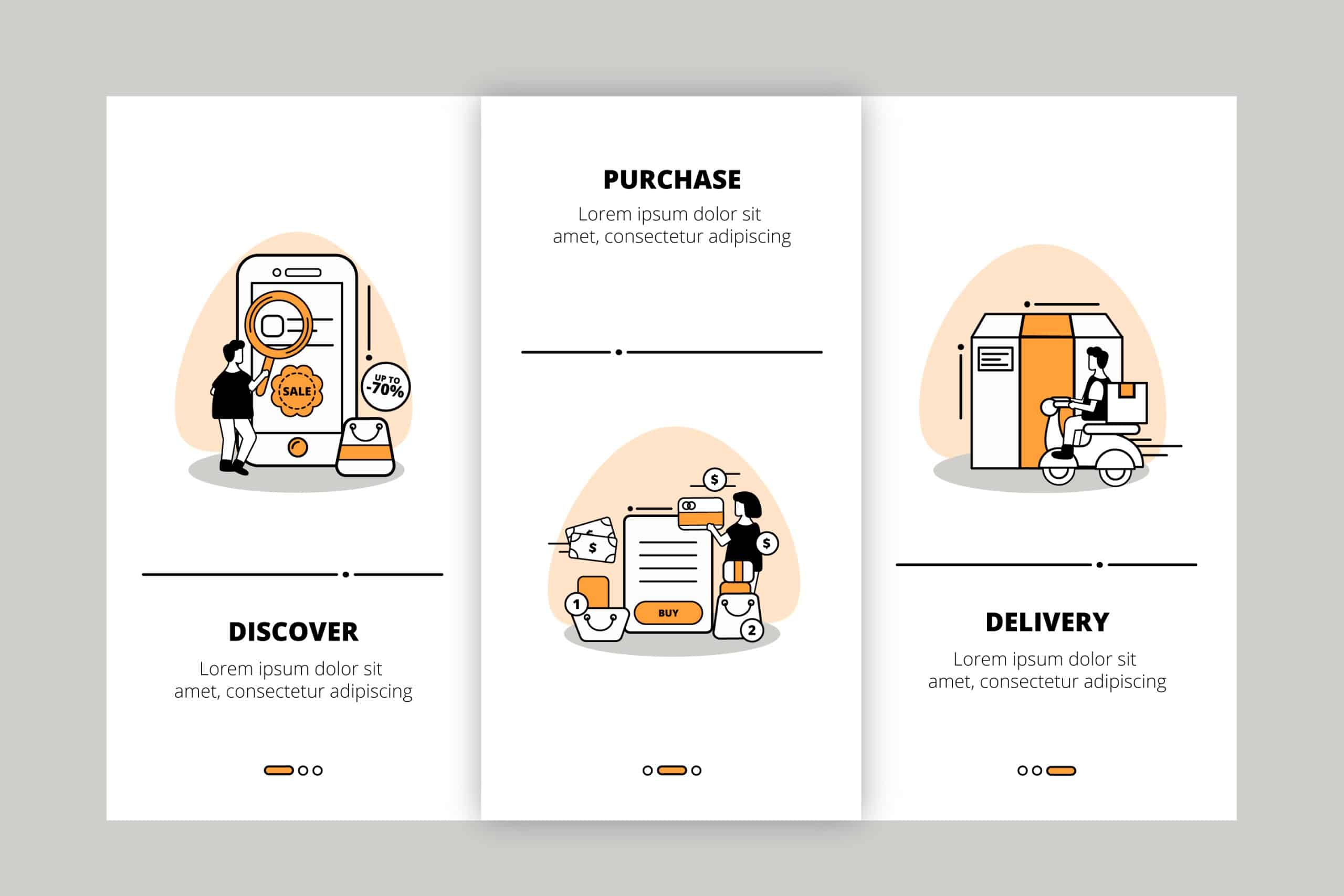powered by PiQR.io
Understand Every Detail Before You Buy or Sell
This section provides essential technical documentation for our small cylinder gas products, including detailed manuals, datasheets, and specifications. Whether you’re a distributor, project engineer, or quality control expert, these materials will help you fully understand product construction, application scope, safety requirements, and compliance standards. Every file is prepared to support accurate evaluation and smooth collaboration.
Troubleshooting some
of the necessary issues for you while you download
Product specifications and materials
1. What is the material composition of the small cylinder? Is it food-grade or medical-grade?
All small cylinders are made from high-purity carbon steel or aluminum alloy, depending on the application. For food-grade products (such as whipped cream chargers), stainless steel or aluminum is used with a clean inner coating to meet food contact safety standards. Medical-grade cylinders follow ISO 11118 or equivalent standards.
2. What are the standard sizes and capacities available (e.g., 8g, 580g, 1100g)?
Standard sizes include 8g (N₂O), 580g, and 1100g (CO₂ or N₂O), as well as customized capacities upon request. The gas content is strictly controlled using automated filling systems, with tolerance within ±0.2g.
3. Are your small cylinders compatible with international valves or connectors?
Yes, all cylinders are manufactured with standardized threading and nozzle designs to ensure compatibility with global dispensers, inflators, and other end-use devices. Adapters for EU/US/AU standards can also be provided.
Quality and safety
1. Are your small cylinders certified by CE, ISO, or other international standards?
Yes, our products comply with CE, ISO 9001, and ISO 11118 standards. Depending on the market, we also support DOT, TPED, or UN approvals. Certification documents and batch reports can be provided.
2. What kind of pressure testing is performed before shipping?
Every batch undergoes 100% automated leak detection, and hydrostatic pressure tests are conducted at 1.5 to 2 times the working pressure. Each cylinder is inspected by quality personnel before packaging.
3. Is each cylinder batch traceable with a unique code or label?
Yes. Cylinders are batch coded with laser marking or printed labels, ensuring full traceability from raw material to final inspection. This is essential for quality control and after-sales service.
4. How do you ensure safety during transportation and storage?
Cylinders are packed in shock-absorbent cartons or pallets with internal dividers. UN-certified packaging is used for international shipment, and proper MSDS documentation is provided for customs clearance.


 Download
Download